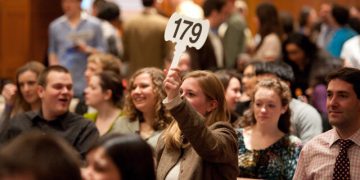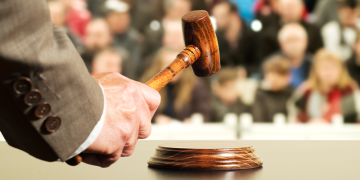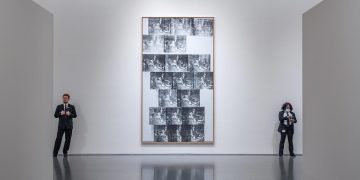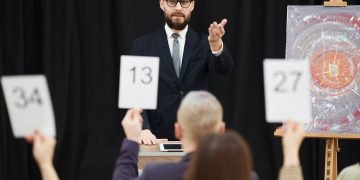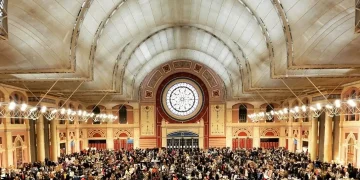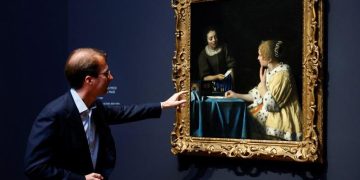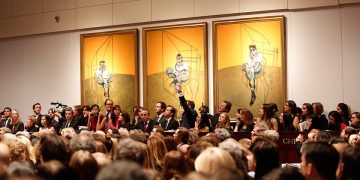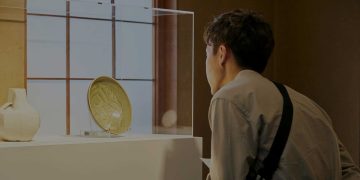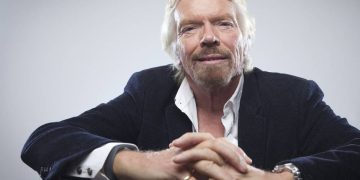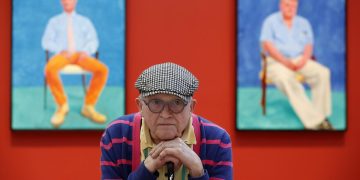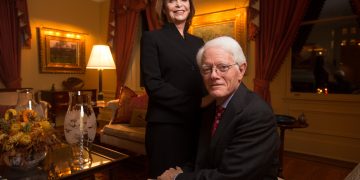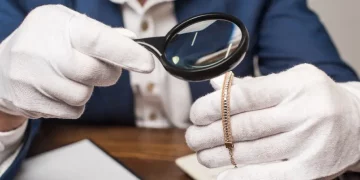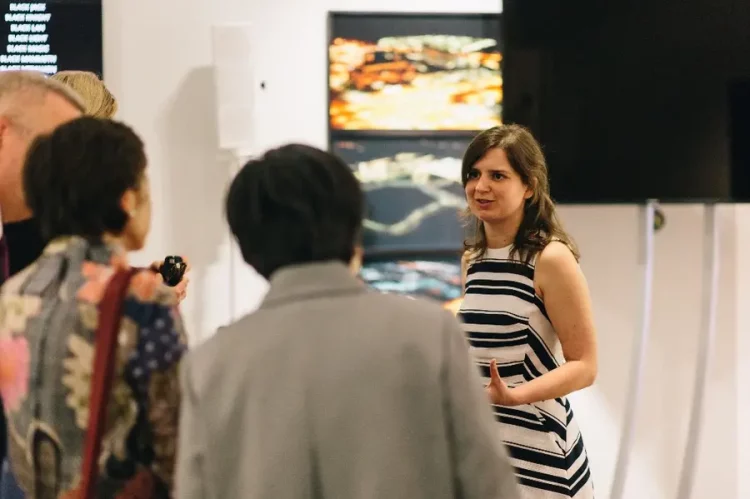Collecting fairs are often seen simply as venues for acquiring rare and valuable objects. While the opportunity to purchase is undoubtedly important, seasoned collectors and industry insiders recognize that the true value of these events goes far beyond just buying and selling. These fairs serve as critical hubs for networking, education, market intelligence, and cultural exchange. Attending the right fairs can transform not only what you collect, but also how and why you collect. Below, we explore in detail the many unexpected benefits that serious collectors can reap beyond the exhibits themselves.
1. Privileged Access to Unpublished and Off-Market Works
One of the most compelling reasons to attend a high-level collecting fair is the opportunity to view objects that are not publicly listed or advertised. Many dealers reserve their finest or most sensitive works for trusted clients and select attendees. This can include pieces that are newly discovered, recently restored, or undergoing reattribution.
Such exclusive previews often happen before the official opening hours or at private viewing sessions organized during the fair. Collectors who cultivate relationships and attend these private viewings gain first access to works that may eventually enter major auctions or museum collections.
Having early sight of such pieces offers a unique advantage: the chance to acquire museum-quality works without the bidding wars or inflated prices that come with full market exposure.
2. Direct Access to Leading Specialists and Scholars
Top-tier fairs frequently host or attract leading art historians, conservators, provenance researchers, and subject experts. These individuals are invaluable resources for collectors who wish to deepen their understanding of the objects and categories they pursue.
In-person conversations during the fair allow collectors to ask detailed questions about attribution, condition, and history, often resulting in insights unavailable through written catalogues or online research. Scholars may share unpublished research, reveal recent discoveries, or guide collectors toward overlooked areas of significance.
Engaging with experts not only enriches the collector’s knowledge but can also enhance the value and prestige of a collection by ensuring accuracy and scholarly validation.
3. Networking and Building Strategic Alliances
Beyond individual acquisitions, fairs serve as social hubs where collectors, dealers, museum professionals, and advisors intersect. Many lasting partnerships and collaborations form in the informal settings surrounding the fair — at dinners, private events, or even casual coffee breaks.
Collectors often join informal consortia or clubs that share resources, co-purchase high-value items, or collaborate on exhibitions and publications. Such alliances provide economies of scale, spread risk, and expand the scope of collecting possibilities.
Moreover, engaging with a network of trusted peers can open doors to off-market deals, joint loans to institutions, and participation in philanthropic cultural projects.
4. Early Signals of Market Trends and Institutional Interest
A subtle but critical benefit of attending fairs is the ability to monitor where institutions and leading collectors are focusing their attention. Observing which galleries and dealers attract museum curators or foundation representatives can offer early intelligence on emerging trends and growing categories.
Institutions often scout fairs to identify potential acquisitions or to benchmark prices. Recognizing these patterns allows private collectors to anticipate market shifts and strategically adjust their collecting priorities.
Additionally, participating in discussions about provenance issues, repatriation laws, and conservation priorities at fairs provides a broader understanding of factors influencing market dynamics.
5. Opportunities for Private Treaty Deals
While public auctions dominate headlines, a significant volume of art and collectibles transactions occur via private treaty sales — confidential deals negotiated directly between buyer and seller. Collecting fairs provide an ideal setting for these discreet negotiations.
Dealers often present off-catalogue pieces or exclusive collections at fairs, and trusted clients may be invited to consider acquisitions before formal market exposure. Such private treaty opportunities typically offer more favorable pricing, enhanced provenance documentation, and flexible payment or shipping terms.
For collectors seeking to avoid bidding wars or who prefer privacy, fairs can facilitate direct, trusted transactions that benefit all parties.
6. Exposure to New Collecting Categories and Narratives
Entering a fair with a narrow collecting focus can lead to surprising discoveries. Exhibitors often introduce lesser-known categories, cross-cultural material, or interdisciplinary works that challenge traditional collecting frameworks.
By engaging with diverse objects and narratives, collectors may identify new areas of interest that resonate with their personal values or intellectual curiosities. This exposure can redefine collecting goals, inspire acquisitions in emerging fields, or deepen the contextual significance of existing collections.
For example, a collector focused on European fine art might discover contemporary indigenous art with profound historical roots or technological artifacts revealing new narratives in design history.
7. Market Intelligence Gathering
Attending fairs also functions as a critical intelligence-gathering exercise. Collectors note pricing trends, condition standards, catalog descriptions, and the pace at which key works sell. They observe the strategies dealers use, the geographic shifts in interest, and the responses of institutional players.
This information forms the foundation for more informed decision-making and sharper negotiation tactics. Rather than relying solely on post-sale reports or auction results, collectors can react in real time, developing a dynamic understanding of supply, demand, and valuation.
Such market literacy is invaluable for timing acquisitions, allocating budgets, and diversifying portfolios.
8. Invitations to Exclusive Previews and Private Collections
High-level participation at fairs often leads to invitations to exclusive events beyond the public eye. These can include private collection viewings, storage facility tours, and specialized study days with curators or conservators.
These experiences allow collectors to examine works in depth, assess condition firsthand, and engage in nuanced dialogue with other experts and collectors. Access to private collections is especially valuable for those seeking rare or unique items not publicly available.
Additionally, these invitations facilitate long-term relationships and can provide pathways to objects before they enter the market.

9. Strengthening Relationships with Dealers and Advisors
The personal relationships a collector develops with dealers and advisors are among the most valuable assets in collecting. Face-to-face interaction fosters trust, enabling candid discussions about price, provenance, and condition.
Trusted collectors often receive advance notice of upcoming sales, opportunities to negotiate terms, and the benefit of dealers’ specialized market knowledge. Strong relationships can also mean access to consignment opportunities and participation in curated exhibitions or catalogs.
This human element — the rapport built over time — is a key differentiator between transactional collecting and truly strategic acquisition.
10. Engagement with Institutional and Philanthropic Opportunities
Increasingly, private collectors are viewed as essential partners by museums, foundations, and cultural institutions. Attending fairs puts collectors in direct contact with institutional representatives, opening doors to loans, joint exhibitions, publication collaborations, and advisory roles.
Participation in these institutional dialogues enhances a collection’s public profile and cultural impact. It also provides avenues for philanthropic engagement, including sponsorship, collection endowment, and cultural legacy building.
Collectors involved in such partnerships contribute to the broader cultural ecosystem, elevating their role beyond ownership to stewardship.
11. Educational Programs and Workshops
Many major fairs incorporate educational components — lectures, panel discussions, workshops, and guided tours. These programs provide collectors with deeper insights into conservation techniques, historical context, emerging research, and legal frameworks.
Engaging in these educational opportunities enhances a collector’s ability to evaluate and care for their holdings, navigate international trade regulations, and understand shifting cultural landscapes.
This ongoing education fosters confidence and responsibility in collecting practices.
12. Cultivating a Global Perspective
Collecting fairs attract participants from around the world, creating a unique environment for cultural exchange and global networking. Exposure to international perspectives broadens collectors’ understanding of artistic traditions, market differences, and collecting ethics.
Such global awareness is essential in a connected art world where provenance, authenticity, and cultural sensitivity are paramount. It also supports informed acquisition strategies and responsible stewardship.
Conclusion
Collecting fairs are multifaceted platforms that offer much more than objects for sale. They provide privileged access to hidden treasures, direct dialogue with experts, strategic networking, and invaluable market intelligence. Beyond acquisition, these events foster education, global perspective, and cultural partnership.
For collectors committed to long-term growth, scholarly rigor, and meaningful engagement, the unexpected gains from attending fairs often far exceed the immediate thrill of purchase. The relationships formed, knowledge gained, and opportunities uncovered at these events shape collecting paths in profound and lasting ways.
Understanding and leveraging these benefits transforms fairs from mere marketplaces into catalysts for collecting excellence.


